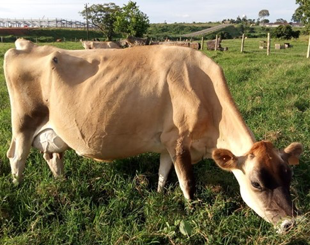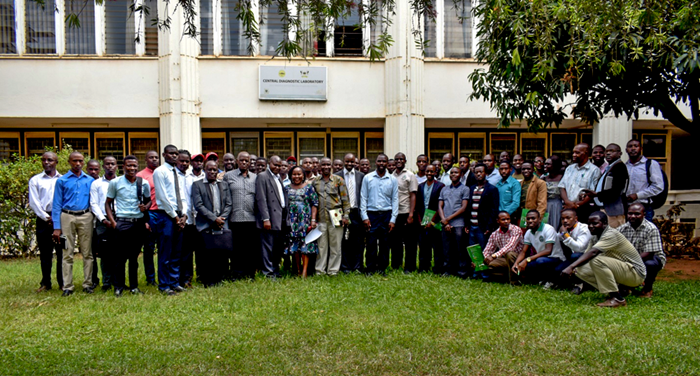Uganda is currently experiencing a population explosion. Therefore, there is a need to reduce the size of farming land. There is urgent need for increase in milk production to contribute to the animal protein needs of the population. AgriFoSe2030 and Makerere University are undertaking activities aimed at promoting the Jersey breed of dairy cattle as a viable alternative to inclusive and sustainable dairying in Uganda.
Exotic animals have been used to improve the milk yield of indigenous cattle through cross breeding, with some successes. However, the crossbred animals have suffered from diseases and do not perform well under the harsh hot and humid environments and in Uganda. There is also need to maintain the crossbred animals at 50% exotic and 50% indigenous for best performance.
A need for animals that survive and produce well
However, in order for the cattle to produce well, the environment must be well adjusted to provide the comfort that the animals need. For the poor resource farmers in Uganda, not all components of the environment can be changed. There is a need to breed exotic animals which survive and still produce well under such environmental conditions. The jersey breed is a good example of such a breed that has answers to many of the challenges Uganda is faced with.
Improving livelihoods in smallholder dairy farming
AgriFose2030 and Makerere University launched the project “Promotion of Jersey breed and Artificial Insemination for improved Livelihoods in smallholder dairy farming households in Central Uganda”(JAILU) on the 5th of February at the College of Veterinary Medicine, Animal resources and Biosecurity at Makerere University.
The event brought together various experts in promoting artificial insemination in livestock, academia, farmers, researchers, students as well as representatives from various sectors. The aim of the meeting was to create a platform to reach out to the various partners, policy makers as well as farmers as a platform to promote the Jersey breed as appropriate for smallholder dairy farmers, says Maria G Nassuna-Musoke.
– We had a very successful launch of the project. Some of the targeted Ministry of Agriculture officials did not turn up. We had, however, representation from the Ministry of Agriculture and more importantly for JAILU, a representation from all the stakeholder groups we are targeting. The large scale dairy farmer leaders (LDF and DAFAN) were there and they committed to working with us. We are seeing them as a very critical stakeholder in helping us influence policy, indirectly through their work, says the project’s Principal Investigator Maria G Nassuna-Musoke.



 Sofia Boqvist, Associate Professor
Sofia Boqvist, Associate Professor